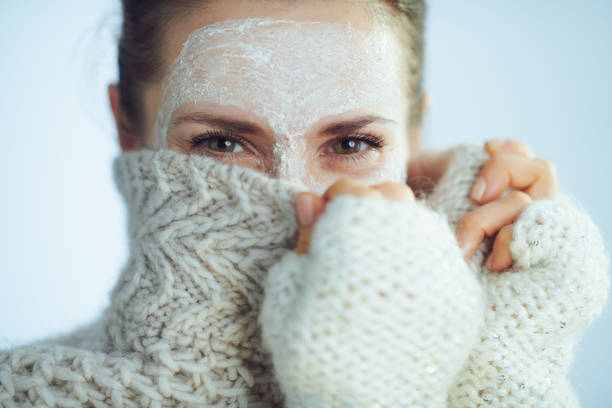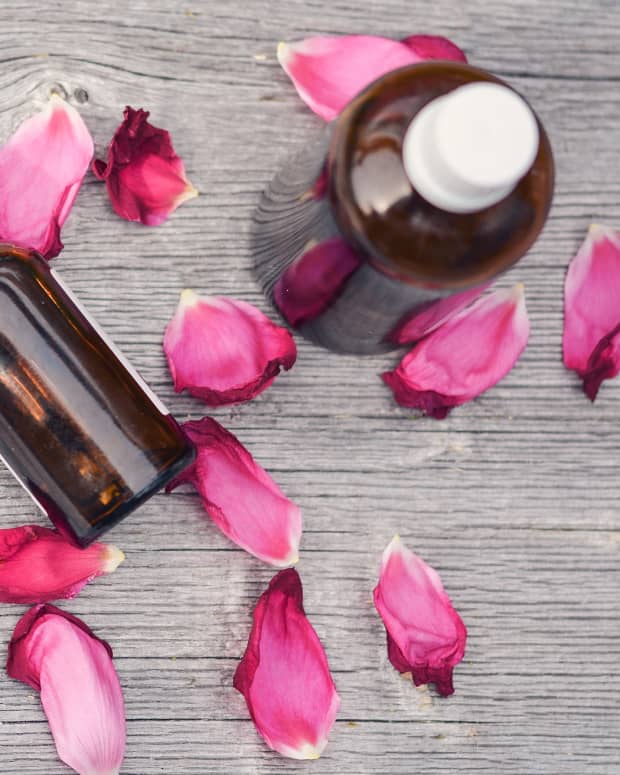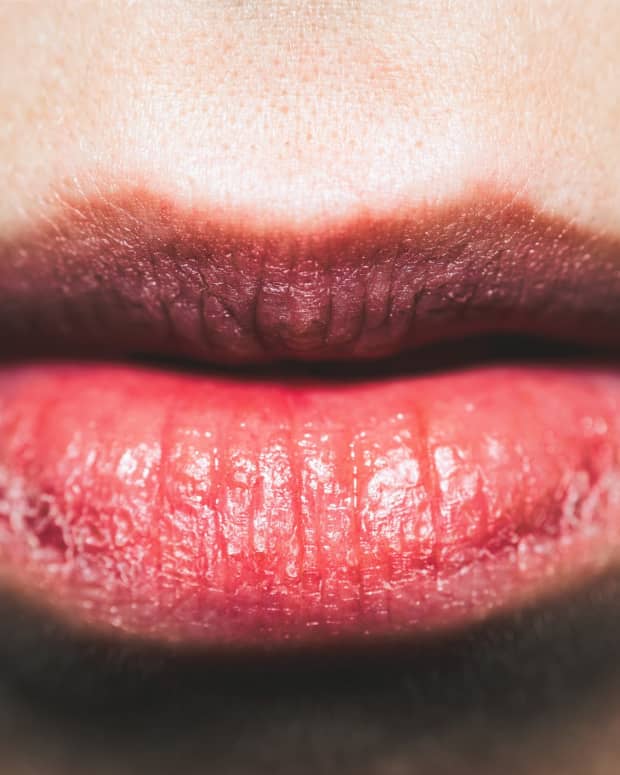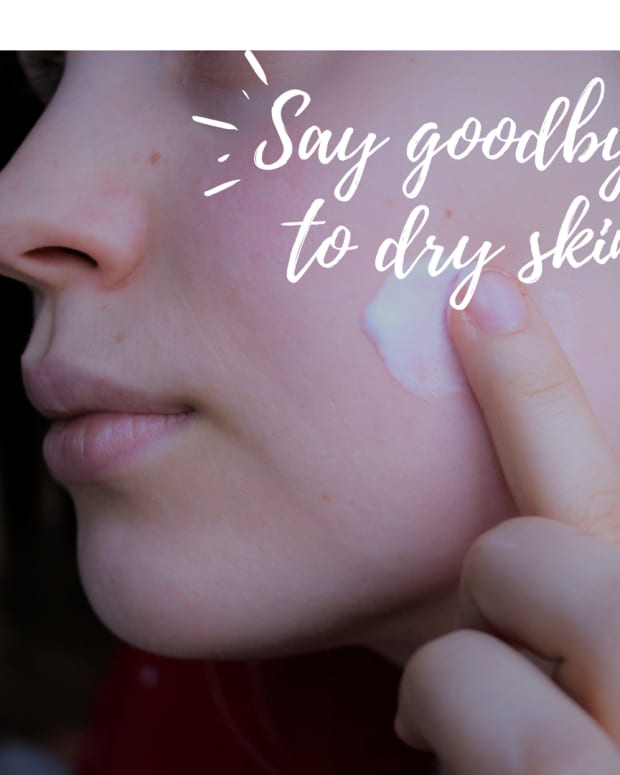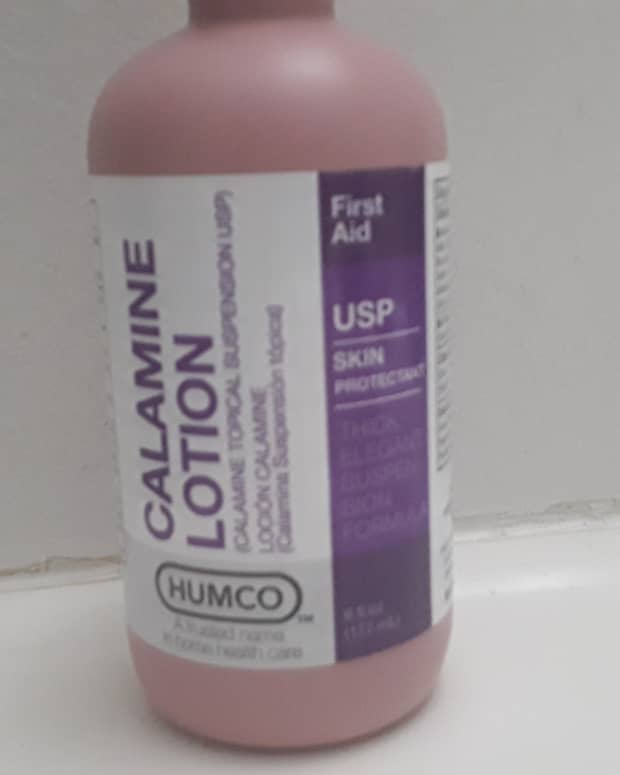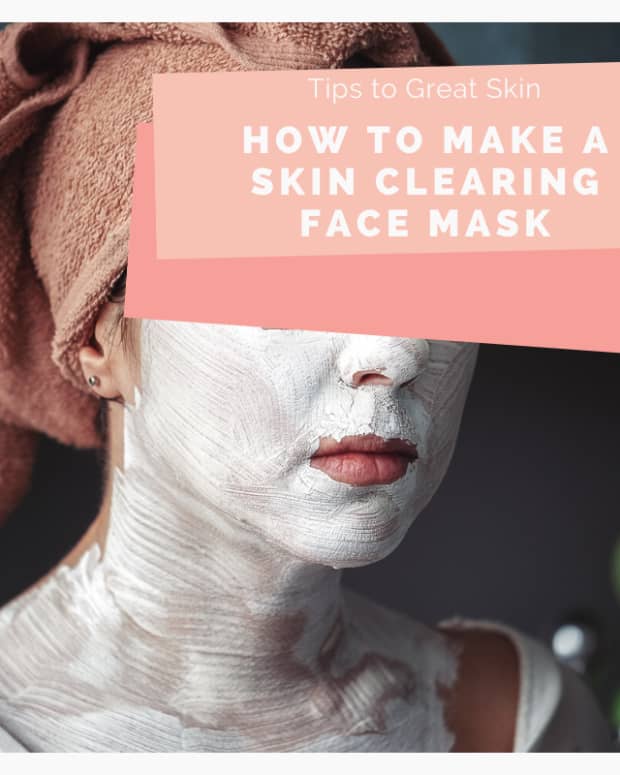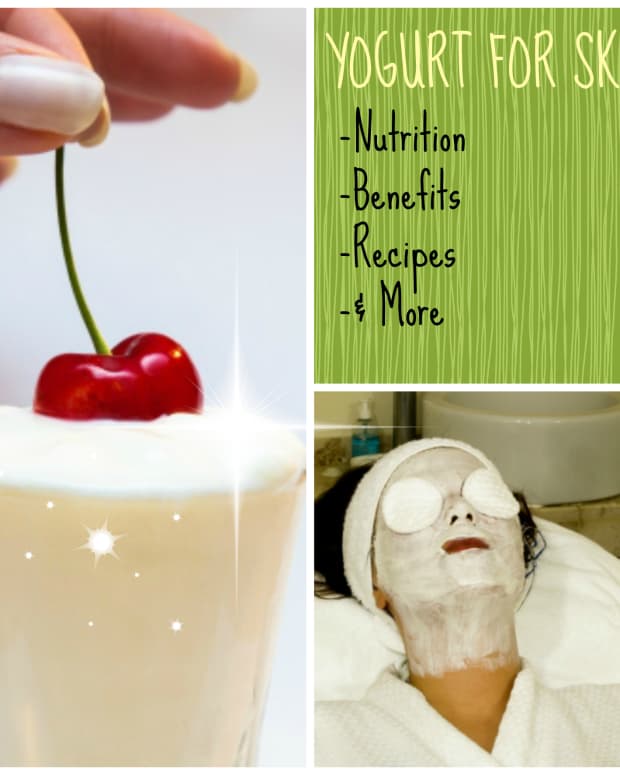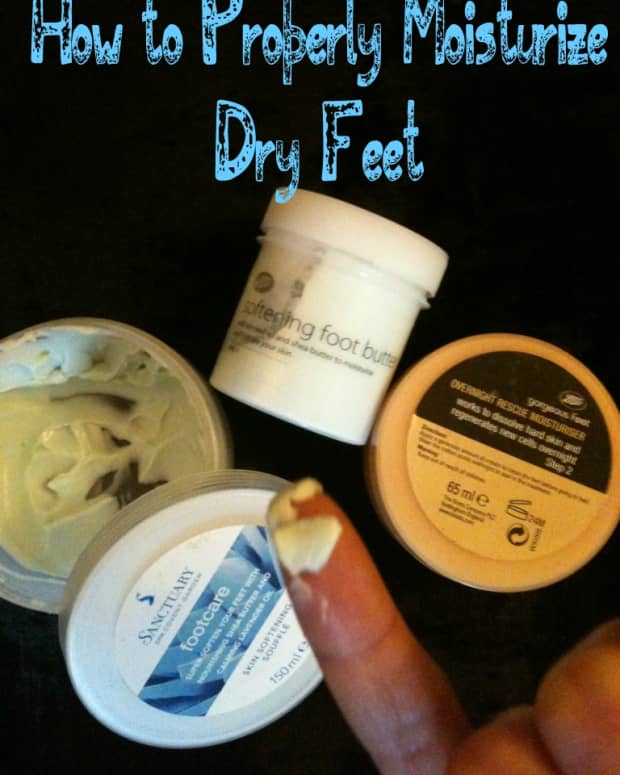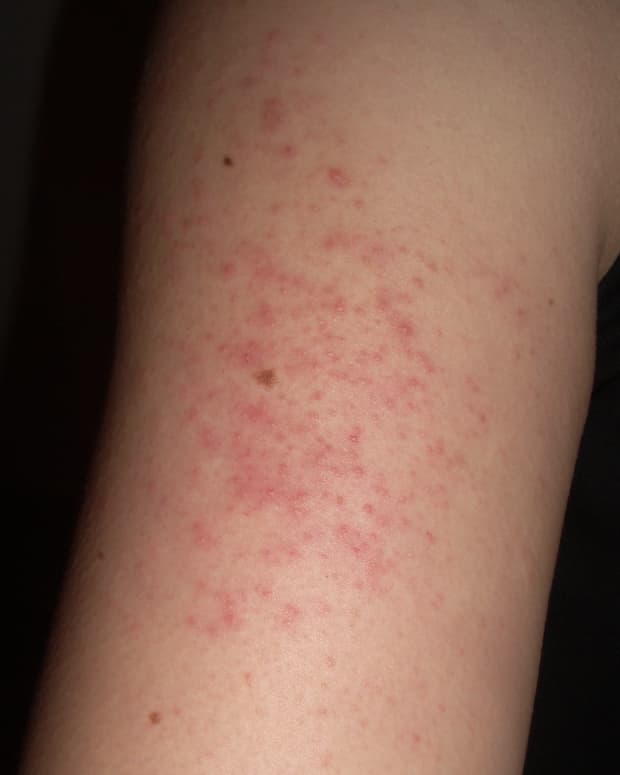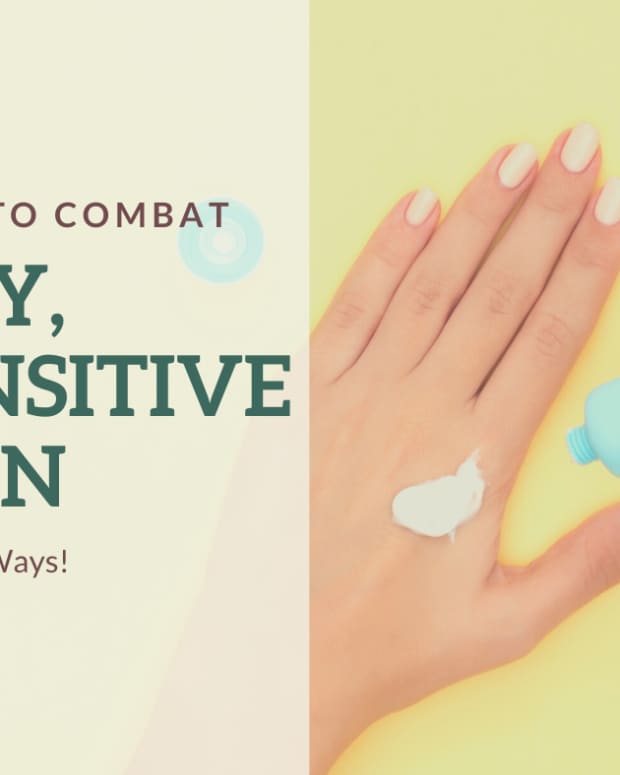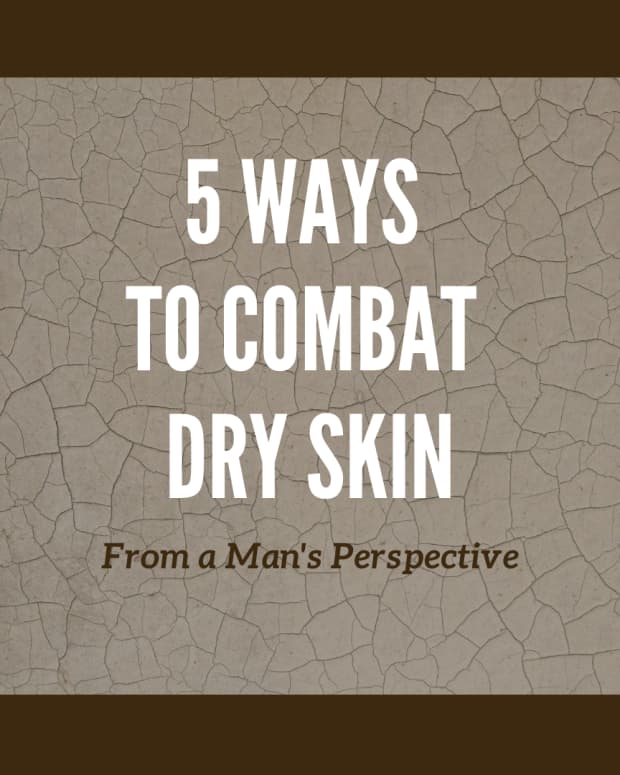How to Battle Dry Winter Skin
As a former personal trainer, Sarah is passionate about all things health, beauty, and self care.
Dry Winter Skin
I generally consider myself pretty lucky when it comes to the quality of my skin. I don’t break out often, and it is overall reasonably smooth. The main problem that I have always faced with my skin was its dryness, making it appear flaky and feel tight and itchy. This gets particularly intense during the winter months when the cold air outside and the baseboard-produced heat inside cause excessive dryness in the air, leaving my skin dehydrated and looking bland.
While this is unfortunate, I do have a few tricks up my sleeve to help battle this drained-looking skin, from addressing the dehydration itself to improving the appearance of my skin covered in dead skin cells. Here they are!
Keep You Skin Hydrated
In order to keep my skin hydrated, I take a few additional steps aside from the typical morning and bedtime moisturizers. Here’s what works best for me:
- Applying a light moisturizer several times throughout the day
- Moisturizing DIY facials
- A lot of water
- Air humidity
Moisturize 24/7
If your skin is like mine, the moisturizer you put on in the morning never lasts all day. Instead of applying moisturizing lotion twice a day, I go for a lighter cream that can be applied throughout the day to use it as soon as I notice my skin starting to dry out. Overall I would say I apply a cream to my face 3- 4 times a day before applying the final layer before bed. This keeps my skin hydrated all day without any in-between time.
DIY Facials
I also use home facials two to three times a week designed to hydrate your skin. Based on the American Academy of Dermatology Association, some of the most beneficial ingredients for relieving dry skin include Hyaluronic acid, Lactic acid, and Jojoba oil, which tends to be less irritating than lotions, which is why they are the main ingredients that I look for in the masks I like to use.
- Hyaluronic acid can be found in various lotions, serums, and facial masks and has become popular in the world of skin care due to its hydrating qualities. It is a compound found naturally in the body and is responsible for retaining moisture. While it mainly only hydrates the more superficial layers of the skin, it is a great addition to any skin care routine that is in need of hydration. Hyaluronic acid also has proven anti-aging qualities when used topically, making it a great addition to your skin care routine at any age.
- Lactic acid is an alpha hydroxy acid (AHA) that is clinically proven to function as a barrier when applied to the skin, protecting it from potentially harmful external factors such as UV radiation, and offers anti-inflammatory benefits. It is commonly found in moisturizing products and is particularly beneficial for people with more sensitive skin as it helps maintain the epidermal barrier.
- Jojoba oil is an oil extracted from the Simmondsia Chinensis plant and can be found in various health and beauty formulations, including creams, serums, shampoos, and more. Its benefits have been studied in several clinical trials confirming its anti-inflammatory, antioxidant, antifungal, and antimicrobial qualities. It can even be used to help battle acne and psoriasis, making it incredibly useful in various aspects concerning the skin.
Hydrate Often!
Finally, one of the easiest steps that doesn't require applying anything to your skin is to hydrate. And by hydrate, I mean drink water. By drinking the recommended amount of water daily (2 - 3 liters a day), you will hydrate your skin from the inside out, which can’t be beaten by even the best moisturizer!
Humidity
Dry skin is often caused by our environment and humidity levels. Because the winter months are typically dryer due to the weather outdoors and the indoor heating systems, I got myself a humidifier to reduce the dryness in the air at home. It has worked really well and stops me from waking up with dry and itchy eyes, which is another added benefit.
Makeup Isn’t Always Your Friend
I know it’s tempting to cover your skin’s impurities with makeup, but putting foundation or concealer on dry patches of skin makes everything look ten times worse. When I do have dry spots, I avoid putting makeup on them and try to work around them instead.
Read More From Bellatory
Many foundations contain ingredients that can not only dry out your skin but also irritate it. One of the primary ingredients known for such reactions is called sodium lauryl sulfate, which has been shown to irritate the skin in clinical trials. Other potentially harmful ingredients in makeup include BHA (butylated hydroxyanisole) and BHT (butylated hydroxytoluene), both of which are used as preservatives that can result in skin irritation.
I apply a primer and slightly less foundation in the winter months to avoid that from happening. You can also try finding makeup that doesn’t include these ingredients, though most makeup products will contain one or the other.
How to Reduce Flakiness
Even with my skin care routine, my face still tends to get flaky sometimes, especially when I’m wearing makeup. In order to avoid that uneven skin texture, I’ve added a few additional steps to my skin care before, during, and after applying makeup, including:
- Microdermabrasion
- Glycolic and Salicylic acid
Microdermabrasion
One of the most efficient ways to get rid of dead skin is microdermabrasion. Microdermabrasion is essentially a very fine scrub that exfoliates the epidermis, the most superficial layer of the skin. There are two types of microdermabrasion: a scrub that can be used at home and a professional microdermabrasion treatment.
- The DIY version comes in the form of a very gentle scrub containing pumice, water, and a variety of oils. The scrub is then to be applied to moist skin and massaged for approximately two minutes. You may notice a little bit of redness afterwards, but your skin will be visibly and texturally smoother. I do this every other day and love how my skin feels immediately after.
- The professional version of microdermabrasion involves using a handheld device (also called a wand) that sprays tiny aluminum oxide crystals over the skin. An esthetician uses this tool to massage and work the crystals into the skin, like a gentle sandblast. Some of the handheld devices have a sandpaper-like surface made of diamonds, which are massaged into the skin rather than spraying crystals on it.
Both methods offer deep skin exfoliation and are clinically proven to improve melasma, acne scars, striae distensae (stretch marks), and photoaging. I use mine every other day, and my skin always feels so smooth right after. Sometimes I do it before I put on my makeup, to have a nice smooth surface to work with.
Glycolic and Salicylic Acid
Finally, I use a cleanser that contains Glycolic and Salicylic acid as they have an exfoliating effect on the skin. Studies suggest that these compounds can also reduce acne, which is a huge plus. I usually cycle between microdermabrasion and my glycolic and salicylic acid cleanser and follow both of them with my moisturizer.
Say Bye to Dry Winter Skin!
While dry skin isn’t the end of the world, it can get pretty frustrating and even feel uncomfortable. Using the tools mentioned above, I’ve managed my skin better and controlled the dryness and flakiness.
They also have additional benefits, making my overall skin care routine ideal for my skin type. If you do use these tips, I would also suggest speaking with your dermatologist to ensure that what I’m doing will also benefit you.
The steps mentioned above work great for me, but keep in mind that your skin is a very complex organ, meaning that no single treatment is right for everyone.
This content is accurate and true to the best of the author’s knowledge and is not meant to substitute for formal and individualized advice from a qualified professional.

